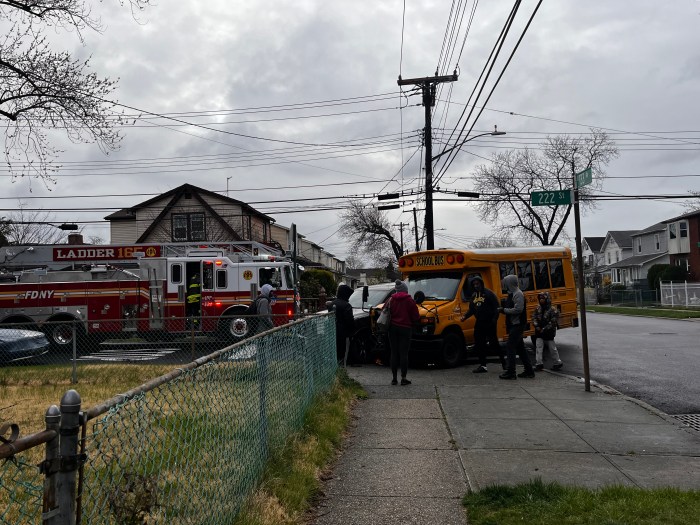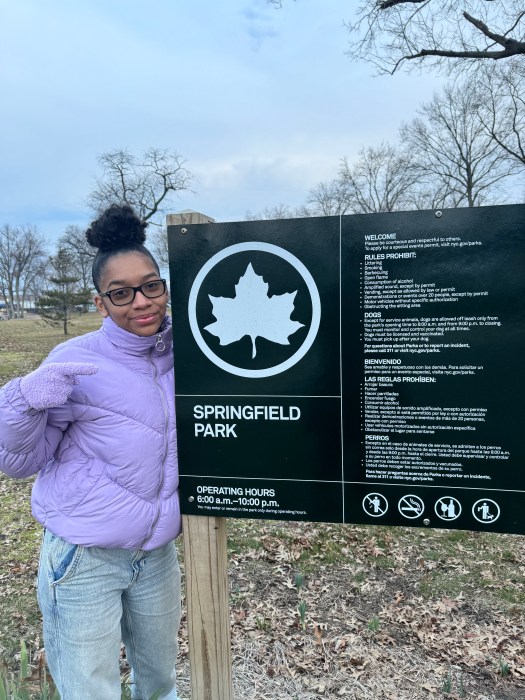Laurelton residents are concerned that the Department of City Planning’s proposed rezoning plan does not go far enough to protect single-family homes. At a community board meeting Tuesday night, Queens City Planning Director John Young presented a rezoning map for 220 blocks in the southeastern Queens neighborhood.
While the Department’s proposal includes dezoning high-density areas with large structures - known as R-2 zones - into lower density areas where single-family homes can thrive, residents present at the community board meeting wanted the dezoning to stretch further into areas immediately north and south of Merrick Blvd.
Councilmember James Sanders, who has been active in pushing the Department to rezone the area, was present at the community board meeting to support the Board’s concerns.
“The major sticking point is the R-2 zoning,” Sanders’ chief-of-staff Mike Duncan told The Queens Courier. “The community wants to protect single family homes. It will open up doors to let people do bad things. To preserve the general look of the area, it needs to be dezoned.”
Marq Claxton, a community board member and activist with 100 Blacks in Law Enforcement, has been involved in protecting the community’s single-family homes from developers.
“There’s been significant progress, and the councilman has done a tremendous job,” Claxton said. “But it just doesn’t prevent a developer coming into these blocks and putting up a big McMansion in place of a structurally sound single-family home.”
Claxton is concerned that another delay in rezoning will give more time for developers to move into the neighborhood.
“We’ve waited this long, and if we don’t accept this proposal, that’s another delay,” Claxton said. “That takes years. In addition, the developers will continue to knock down single-family homes. It’s a tricky situation we have to deal with right now.”
The Department’s zoning proposal promises to “preserve the predominant lower-density character of Laurelton, encourage future residential development that is consistent with its surrounding context, and encourage redevelopment of heavy commercial/light industrial uses with moderate-density, mixed residential/retail development in an area that can most support it.”






























